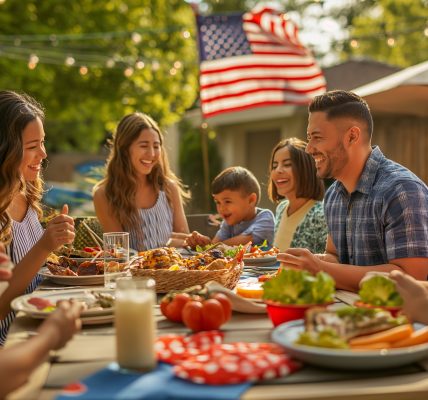So you’ve lost weight on the Keto Zone Diet, and now you’re wondering where to go from here. Chances are, you want to maintain the weight loss you’ve worked so hard on while avoiding losing too much weight or gaining any back. Thankfully, this is entirely possible!
And first of all, congratulations on your success! Reaching goal weight is a fantastic accomplishment for you and your health, now and for life. And now, to maintain that great health, let’s talk about how you can move forward and keep thriving.
Maintaining Goal Weight with Your KCL Number
The most important factor in maintaining a goal weight from being in the Keto Zone is your KCL number.
Your Keto Carb Limit, or KCL, number is the amount of daily carbs you can eat while keeping your weight exactly where you want it.
This number is a little different for everyone. It could be 50, 75, or even 100 grams of net carbs per day. Here’s how you determine your KCL number:
- Starting from the 20 carb grams per day you’re eating to lose weight on the Keto Zone diet, add 10 extra grams of net carbs into your diet each week.
- Each week, test your ketone levels to see if you’re still in ketosis.
- If you are still in ketosis, add another 10 grams of net carbs to your diet for the next week.
- Continue testing your ketone levels. Once you’re reading zero ketones, that means you’re at your KCL number. This is the amount of daily carbs right for your body to maintain weight loss without weight gain.
Throughout this process, be sure to use a ketone breathalyzer or blood ketone monitor to test your ketone levels. Although ketone urine test strips are great for testing ketones in the first month of eating the Keto Zone Diet, they won’t be the most accurate at this point.
You can also pay attention to other symptoms as you increase your carb intake, such as whether or not you feel tired or fatigued or start to gain weight, but measuring your ketone is the best method.
When You Eat Carbs, Make Them Good Carbs
Keep in mind that, when adding more carbs into your diet, the type matters. They should always be whole foods, and low-glycemic is best. Good carbs to add include:
- Healthy, brightly colored vegetables
- Some beans, lentils, peas, and hummus
- Low-sugar fruits like blueberries, strawberries, and blackberries
Carb foods like white potatoes, pastas, and dairy (if it causes you problems) are best avoided as you determine your KCL number. But most importantly, monitor how you feel when eating specific types of carbs.
Keep Eating a Healthy, Anti-Inflammatory Diet
Once you’ve reached your goal weight and discovered your KCL number, you can continue eating the Keto Zone with your Keto Carb Limit. This is the easiest way to maintain your weight and health for life!
Another option is to transition to the anti-inflammatory diet outlined in Let Food Be Your Medicine while using your KCL number. That would include eating foods like:
- Tons of colorful vegetables
- Skinless turkey, free-range chicken, low-mercury fish, and some free-range or organic eggs
- Low-glycemic fruits
- Beans, peas, legumes, and hummus
- Extra virgin olive oil and raw nuts and seeds
- Gluten-free starches
Continue Your Keto-Friendly Products
You can also continue taking any of the Keto Zone supplements after you reach your goal weight. The ones that are most recommended include:
- MCT oil powder for focus, energy, and metabolism
- Hydrolyzed chicken collagen as a good bioavailable source of protein for healthy hair, skin, and joints
- Krill oil for omega-3s and fighting inflammation
Lastly, please remember to give yourself a huge pat on the back for coming so far. Following the Keto Zone Diet is the best way to lose weight and get your health back. And if you’re still working towards your goal weight, keep going! We’re rooting for you.
For more advice on losing or maintaining weight and staying healthy in the Keto Zone, grab a copy of the Keto Zone Diet here.
More Articles From Drcolbert.com Find Out More About Dr.Colbert’s Health Services














